|
Sand By Type and Location
Sand is a large accumulation of small rock and/or mineral particles in the size
range of from 20 micrometers to 2,000
micrometers in diameter (0.020 to 2.0 millimeters). Sand may include small
shells or shell fragments and oolitic deposits. Sand is a size and
density segregated material that is the result of air or water
action.
Inn River at Passau
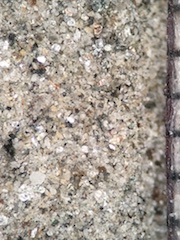
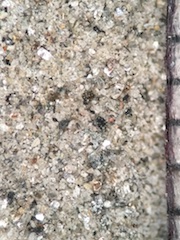
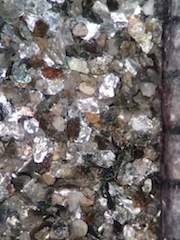
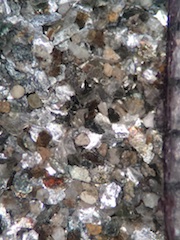
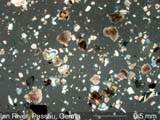
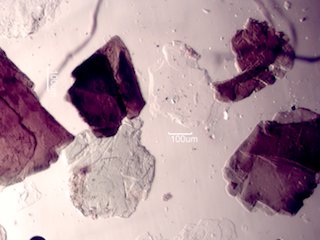
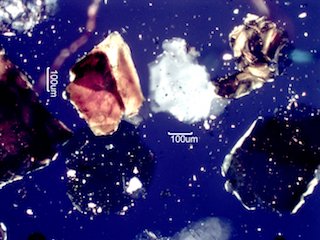
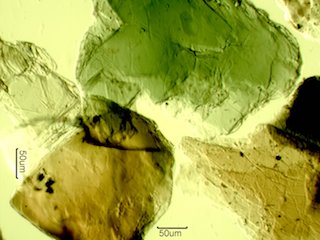
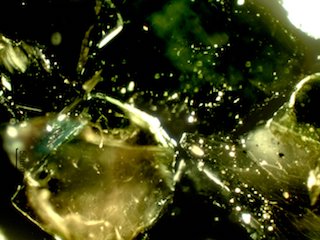

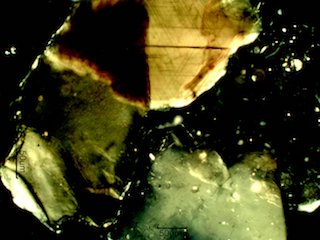
Regensburg
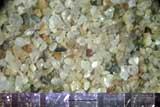
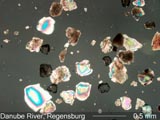
Cologne
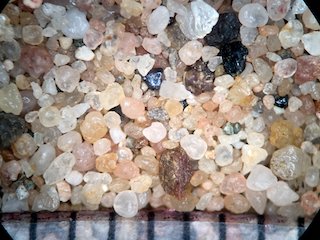
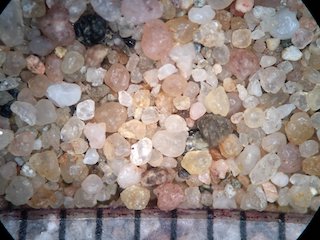
Speyer
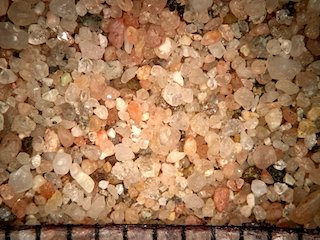
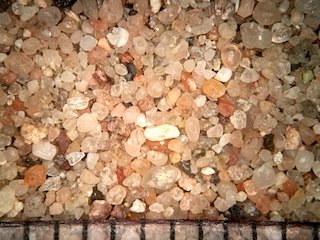
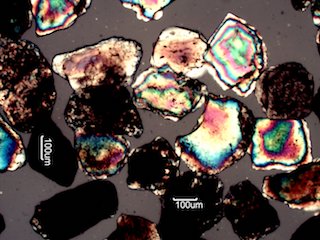
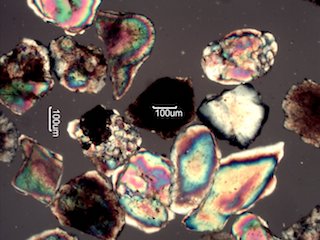
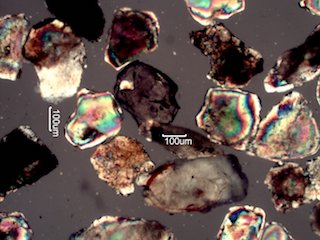
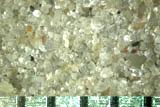
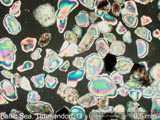 http://www.microscopy-uk.org.uk/mag/indexmag.html?http://www.microscopy-uk.org.uk/mag/artjun01/clsand.html
http://www.microscopy-uk.org.uk/mag/indexmag.html?http://www.microscopy-uk.org.uk/mag/artjun01/clsand.html
(Good Information on the microscopy of sand, Great site for more
information on microscopy in general)
http://www.scientificamerican.com/article.cfm?id=a-grain-of-sand-natures-secret-wonder
(Good Information on Sand with links to more information on sand)
http://www.sciencelive.org/component/option,com_mediadb/task,play/idstr,Open-feeds_fsc_exploring_sedimentary_processes_fsc02_02_m4v/vv,-2/Itemid,97
(Brief, very informative video on what can be learned from the shape of a
sand grain.)
|